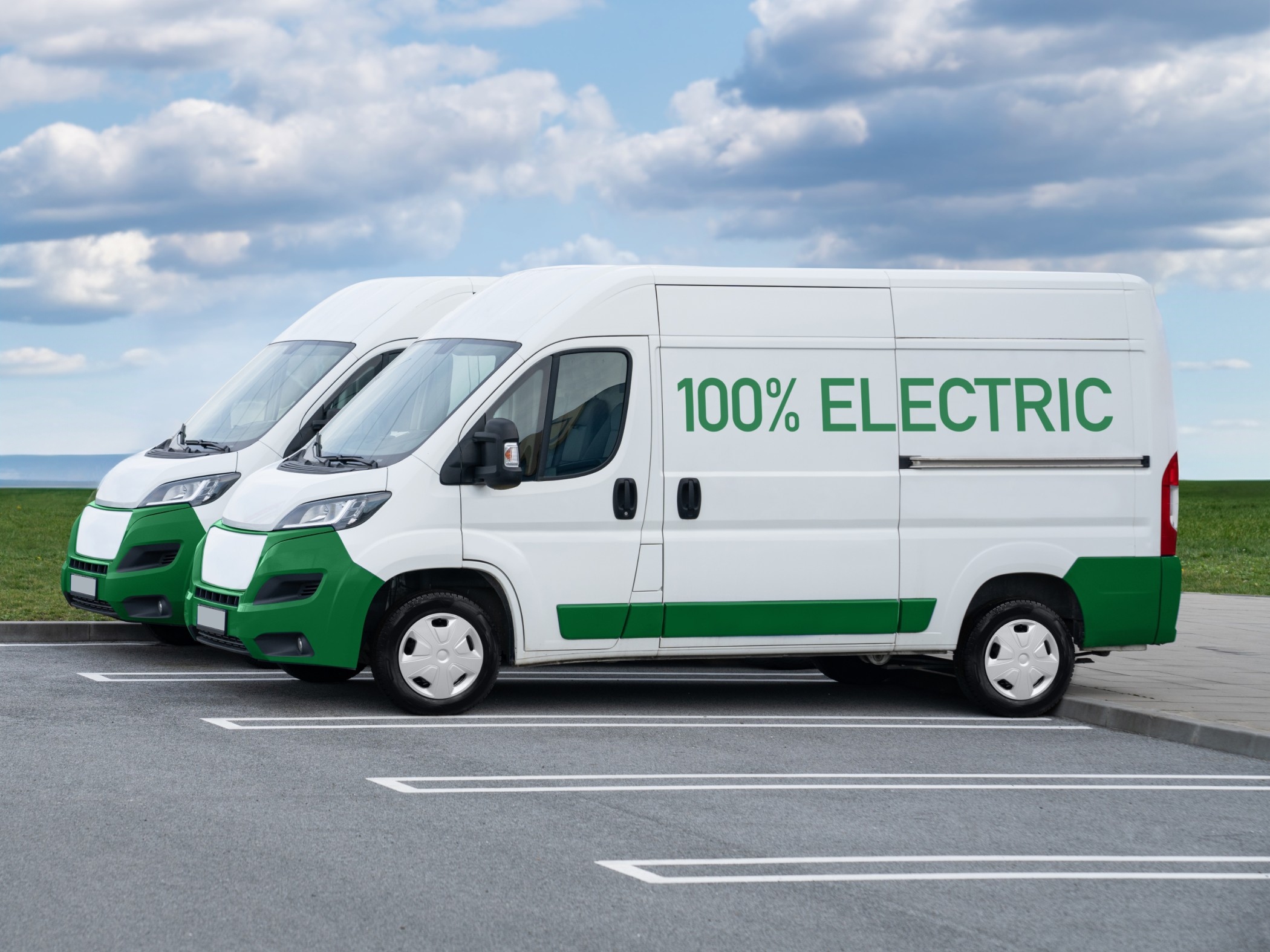Electric Fleet Vehicles: Making the Switch

The electric vehicle (EV) revolution isn't something that's going to happen down the road; it's already arrived. According to Kelley Blue Book, U.S. EV sales reached a record high of 1.3 million in 2024, a 7% increase from 2023. EV sales in 2025 (through July) continue to outpace 2024 numbers by nearly 2%. And there are now more than 75,000 public EV charging stations in the U.S., according to the U.S. Department of Energy. That number has more than doubled since 2022.
Business fleets are also jumping on the EV bandwagon. According to Cox Automotive data, 14% of fleets currently operate with EVs and significant growth in EV fleet adoption is expected over the next five years. With all this growth, isn't it time for you to consider making the switch? Learn how EV fleets can benefit your business and how you can make the transition.
Benefits of EVs
- Lower fuel costs. Electricity is generally cheaper than gasoline or diesel, leading to significant savings on fuel expenses. Electric rates are also generally stable, making them a reliable line item. Fuel prices, on the other hand, can be volatile.
- Less maintenance. EVs have fewer moving parts than combustion engines, require no oil changes and experience reduced wear on brakes, resulting in lower maintenance and repair costs over time.
- Reduced carbon footprint. EVs produce zero tailpipe emissions, helping you reduce the environmental impact of your business operations and meet sustainability goals.
- Enhanced brand. Operating an electric fleet demonstrates a commitment to sustainability, which can attract eco-conscious customers and improve brand loyalty.
Getting a charge
Although EVs eliminate the need for fuel, you will have to invest in a charging infrastructure. Most businesses install Level 2 or Level 3 chargers. Level 2 chargers can generally charge vehicles in three to eight hours. Level 3 charging stations (also known as DC fast chargers) are much more expensive to install but can charge vehicles in 30 minutes or less.
There are other benefits to installing charging stations at your business. First, it's a great perk for your employees who drive an EV. You can give them access to the stations while your fleet is out during the day. Also, it can be a potential moneymaker if you charge visitors or clients for charging while they're at your location.
Planning your EV future
Transitioning your entire fleet can seem daunting, but it's much easier and less costly if you take one step at a time. There's no need to replace the entire fleet at once, and based on your type of business, it may make sense to convert just a part of your fleet to EVs.
You can swap your existing fuel vehicles for EVs on their natural replacement cycle, perhaps starting with smaller passenger vehicles or SUVs used by sales staff. Next, focus on converting vans or trucks if your business makes a lot of last-mile deliveries. Staging your transition over multiple years makes going electric easier than you think.
Remember to take advantage of available financial incentives to reduce the cost of transition. Websites such as Kelley Blue Book and Edmunds list EV incentives by state. You can search the DSIRE database for EV and charging infrastructure incentives available in your area.
Don't let the EV revolution pass you by. Consider transitioning your fleet and start realizing the benefits for your business.
We’re here to help with all of your energy-saving needs. Contact us and see how we can help.
Return to newsletter